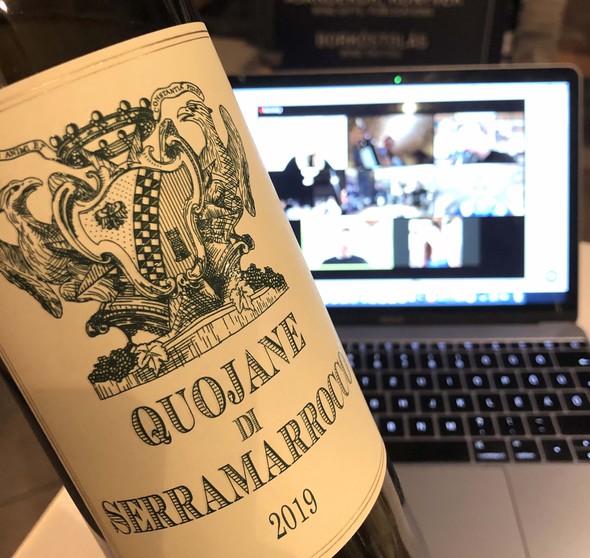Cover pic: Daniel Ercsey
Tasting the wine didn’t necessarily give rise to the idea for an article, but when I happened to look at the mosaics of the Cathedral of Monreale near Palermo and saw the depiction of Drunk Noah, I immediately started to write…
Sicily is the land of the Mafia and the location of the Godfather films, responsible for some more Italian than Italian atmospheres. One Italy’s best-known novels, Giuseppe Tomasi di Lampedusa’s ‘The Leopard’, is also set here, thanks to its author, himself a Sicilian nobleman. If you know all this, then you may already feel like you are in the picture about Sicily, but you couldn’t be more wrong! Culturally, Sicily is at least as Greek as Arab, with a powerful Norman stamp. Perhaps it’s a slight exaggeration, but the island’s sights have nothing to do with the Italians, the island lay clearly south of the Greco-Latin linguistic border, i.e. in the Greek direction. Moreover, Sicily was the heart of Magna Graecia, along with the coastal areas of Calabria, Basilicata, Apulia and Campania. It was later under Byzantine rule (which still means the Greek language and cultural influence!), then the Arabs arrived, followed two hundred years later by the Normans, who were none other than the descendants of the Vikings who had invaded Paris and then settled in Normandy.
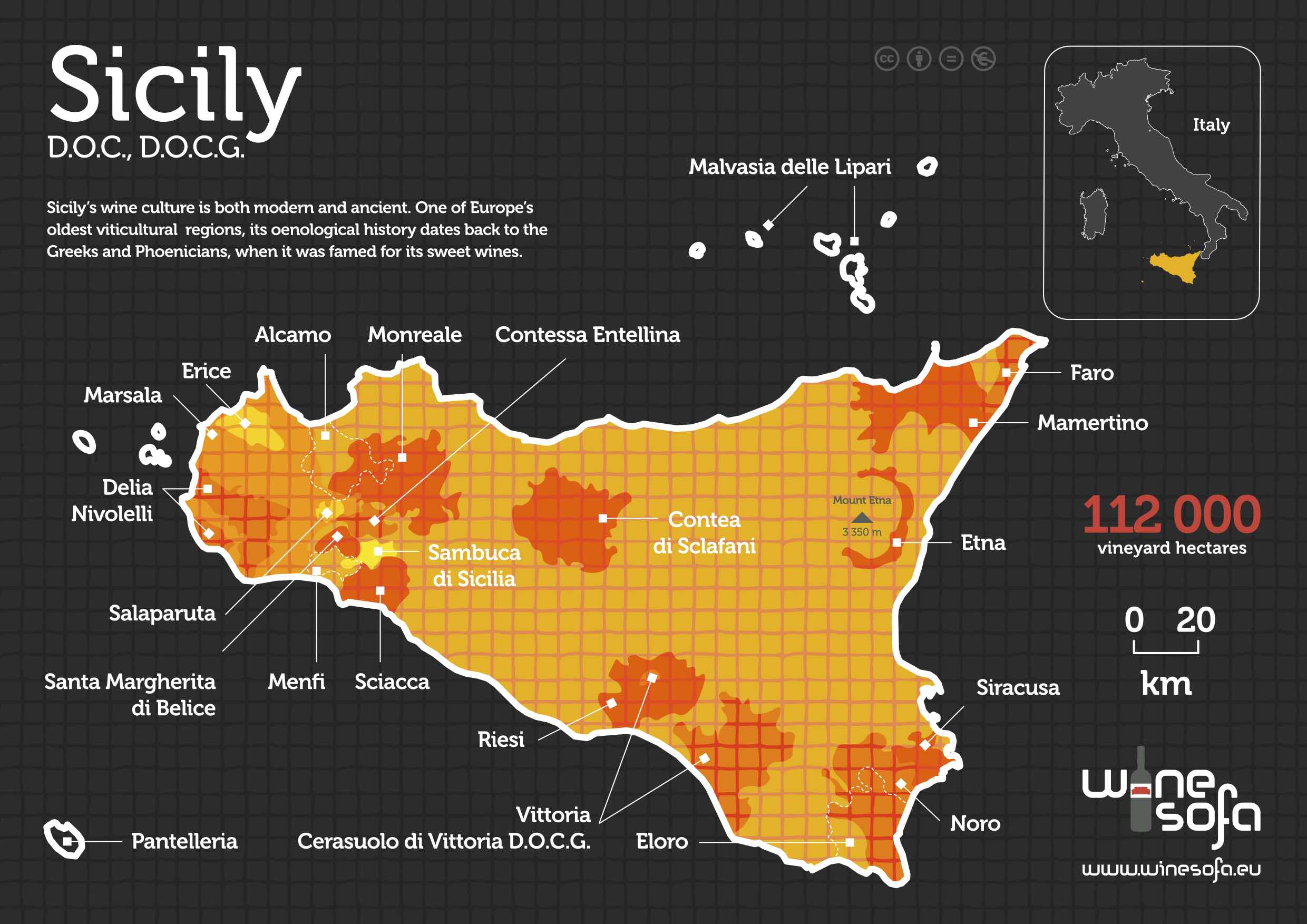
This is how we have arrived at lightning speed at Monreale Cathedral, whose construction was ordered by William II (1155-1189), a fourth-generation Norman king of Sicily. Legend has it that he fell asleep exhausted under a carob tree while out hunting on the royal estate/mountain (mont real – Monreale) and the Virgin Mary appeared to him in a dream. The Virgin Mary said that there was a great treasure buried where the king was sleeping and asked him to dig it up and use it to build a church in her honour. The king woke up, found the treasure and actually had the church built. Enough about the legend. The reality is much more prosaic than an afternoon nap under a tree. William II requested and received a wife from his British (Norman since 1066) relatives, namely Henry II’s daughter, Joan. Yes, but as well as Joan, there was another Englishman at his throat, Archbishop Walter Ophamil of Palermo, who, under the spiritual influence of Thomas Becket, Archbishop of Canterbury, similarly opposed royal decisions and demanded singular power for himself in the name of God. Therefore, William II eventually founded an abbey in Monreale (the king could not establish the archdiocese and bishopric) to which he invited 100 Cluny Benedictines and then asked the pope to appoint the abbot as archbishop; this request was granted. Thus, there were then two archbishops on the island, and the king placed himself under the Archbishop of Monreale, who in turn belonged to the king, as he had founded the abbey, whose abbot was the archbishop.
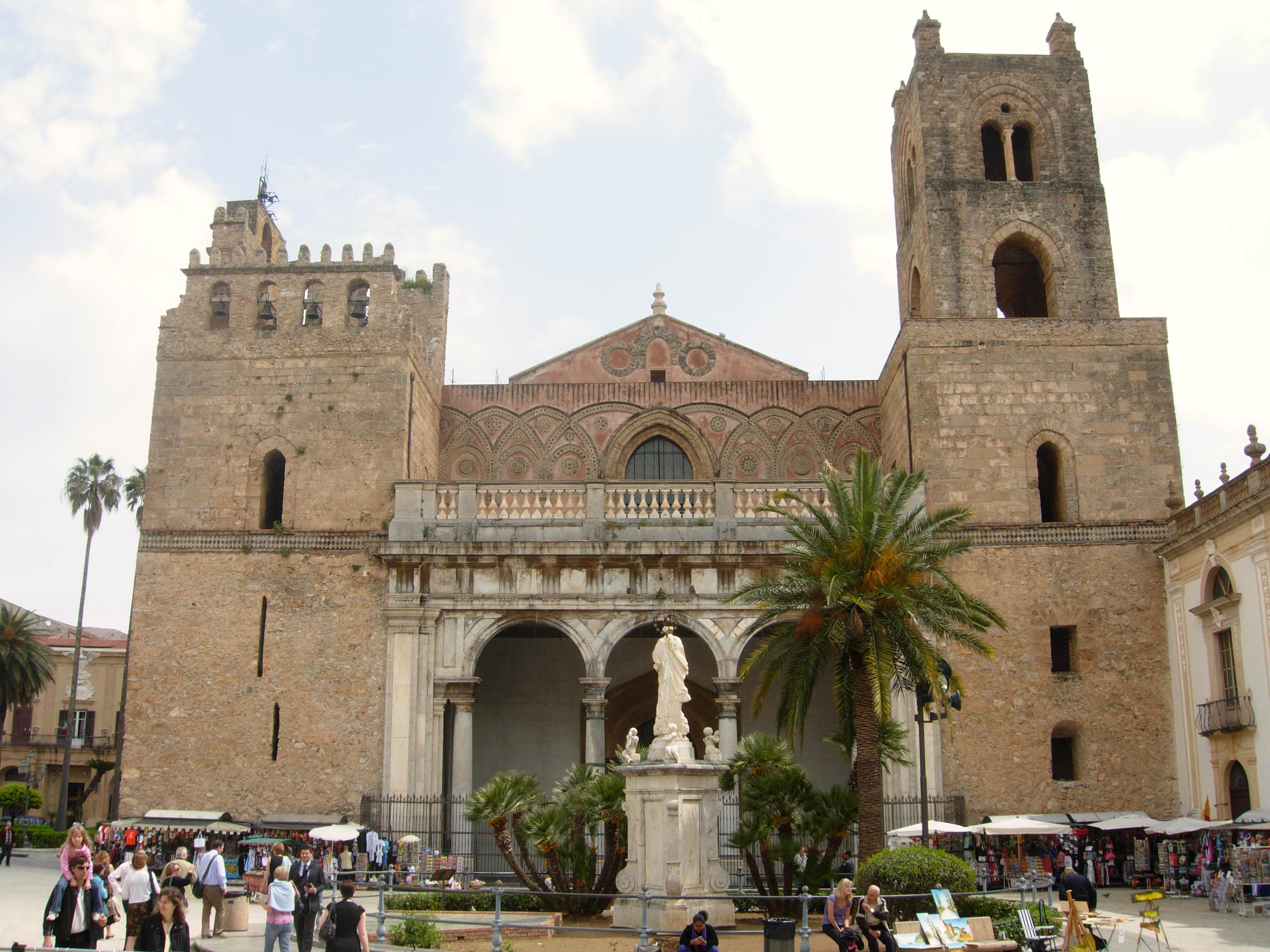
Monreale Cathedral (source: Wikipedia)
The above discussion already explains the Benedictine belfry clinging to the north side of the cathedral and, even more so, the Provencal decoration of the bell tower’s column capitals and the church’s characteristic northern Norman exterior adornments, but it has nothing to do with its interior decoration, the intricate vaulted ceiling (similar to that seen in Isfahan) that was unfortunately destroyed by fire in the 1700s, or the mosaics, which are clearly the works of Greco-Byzantine masters.

The Greco-Byzantine mosaics (source: Wikipedia)
In addition, the huge bronze gate was made by Bonanno Pisano, who had previously worked in Pisa, while the complete riotry of style is exacerbated by the many Islamic carved stones and mosaic ornaments decorated with plants. Of course, this is not surprising, given that the building was constructed by Arabs, to Norman order, but decorated by Greeks, for which much of the money was generated by Palermo’s huge Jewish community.
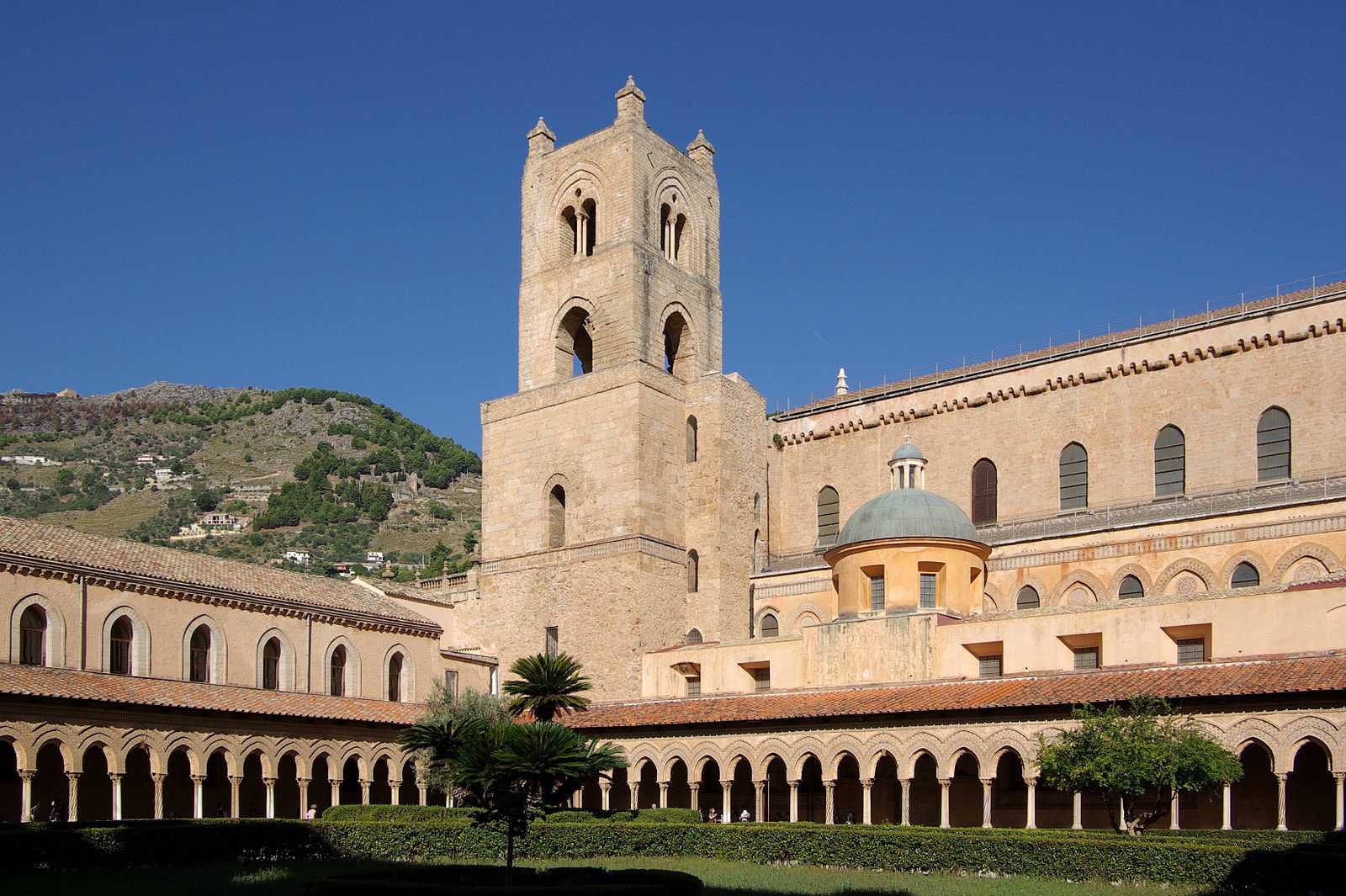
Photo: Berthold Werner
As for the title, one of the mosaics depicts Noah harvesting grapes, making wine and then getting drunk on wine, the latter being stated in the Bible: “Noah, a man of the soil, proceeded to plant a vineyard. When he drank some of its wine, he became drunk and lay uncovered inside his tent. Ham, the father of Canaan, saw his father naked and told his two brothers outside. But Shem and Japheth took a garment and laid it across their shoulders; then they walked in backwards and covered their father’s naked body. Their faces were turned the other way so that they would not see their father naked.” Of particular interest is what kind of grapes the artist depicted on the mosaic and where he got the sample from. Most likely from the local area if the mosaics were created by local Greeks. The grapes are clearly white as is the must and the wine in the bottle next to the prostrate Noah.
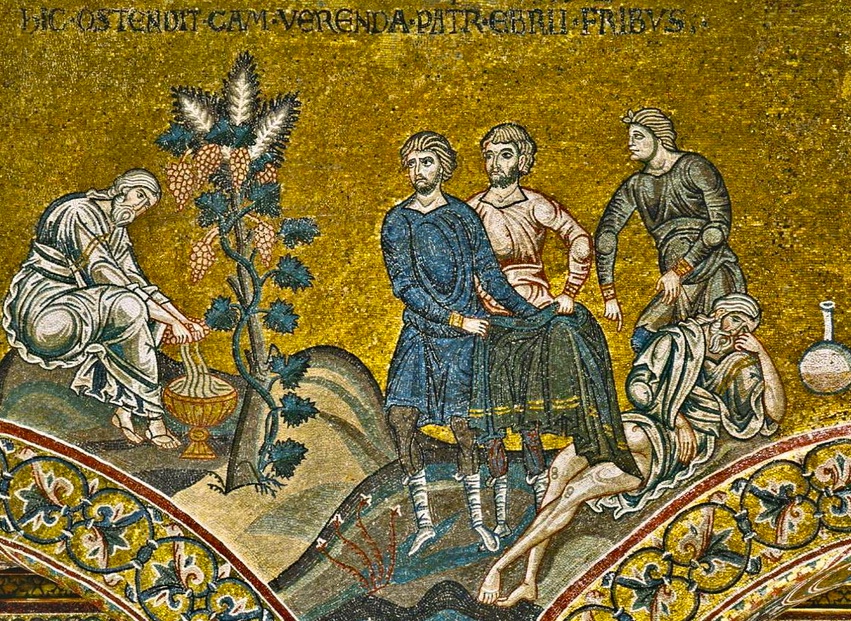
Noah harvesting and gets drunk (Wikipedia)
As you reflect on this, listen to some medieval Sicilian music! It’s exciting to discover its Arabic influences as they blend with contemporary Latin and northerly elements.
Well, back to the wine, once I’ve tasted it. The grape variety, as in the mosaic, in this case is Zibibbo, i.e. Muscat of Alexandria. Its name already recalls the Arab connection, but not Alexandria, as it is much more likely we are talking about a local grape variety of Greek origin, Zibibbo, which comes from the Arabic word zabib. Certainly, the word raisin also plays a role here, as the Arabs typically made them from it, while the local Greeks first made raisins and then wine from it, as I have already written about here. Our current wine, on the other hand, is dry, although the main variety for sweet wines is Muscat of Alexandria.
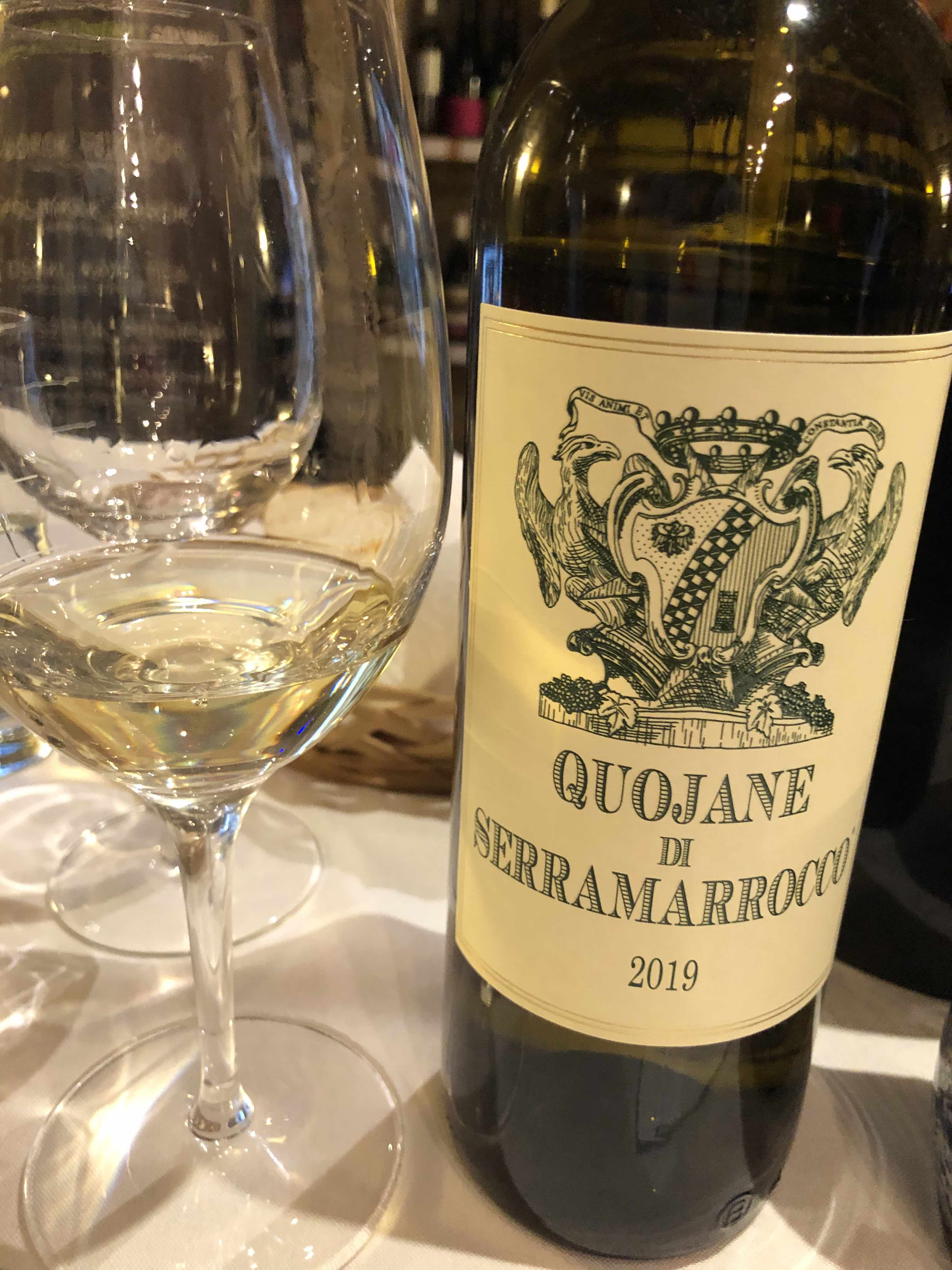
Photo: Daniel Ercsey
Quojane di Serramarrocco 2019 I 88 points
Extremely interesting, complex aromas (100% Zibibbo) with oriental spice, dried peach, ginger and orange blossom. Medium-bodied on the palate with bright acidity and a little residual sugar balancing it beautifully. Flavours of mint, ginger, fruit loaf, cedar and green apple; the entire wine has a captivating oriental feel. Herbal notes come to the fore in the relatively long finish.
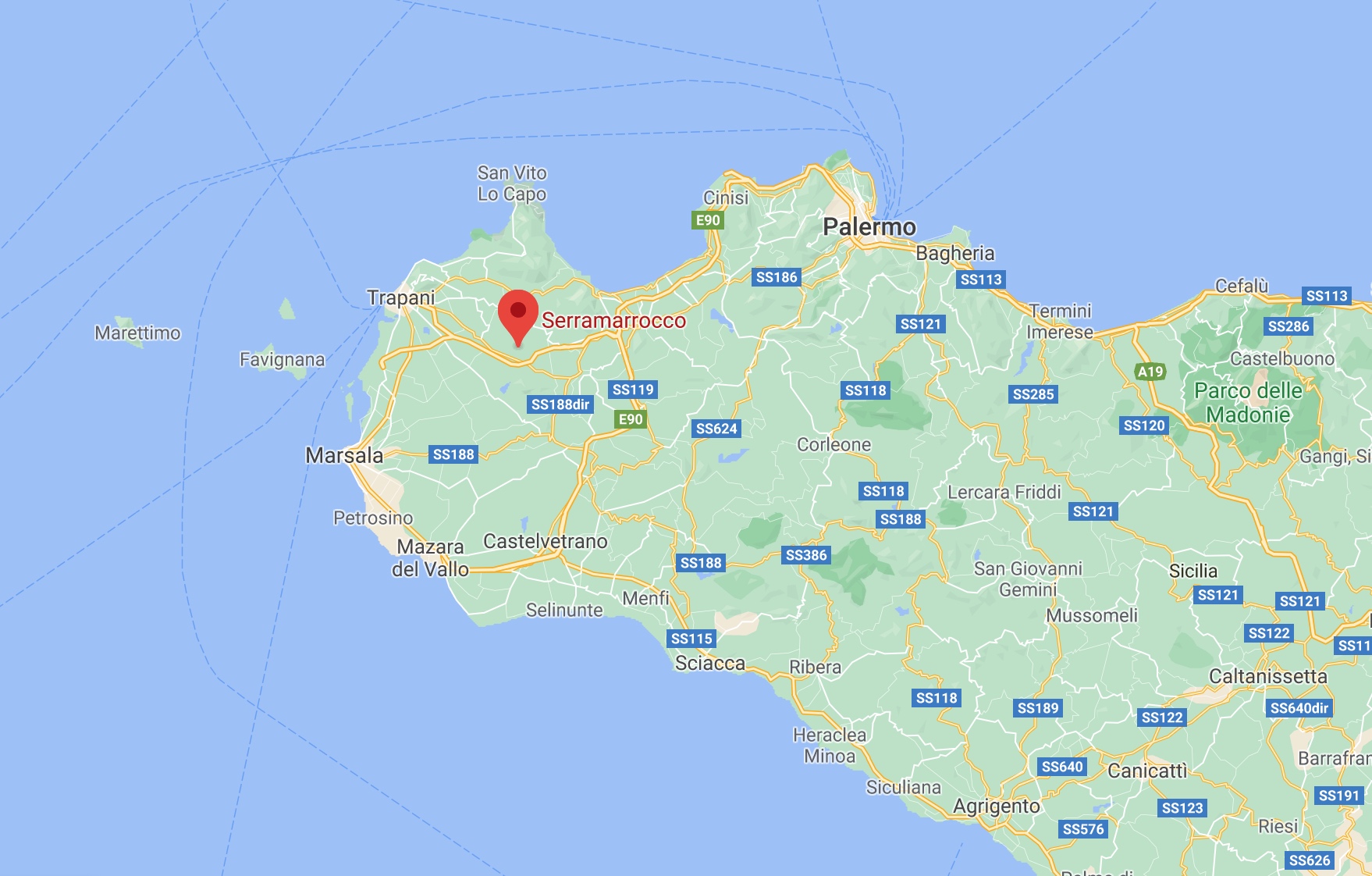
As for the Serramarrocco estate, we are not talking just about Noah, the Arabs, Normans and Greeks, as it was founded by a Spanish nobleman in 1624, when Sicily was under Spanish rule, namely Don Juan Antonio Marrocco y Orioles, the first baron of Serramarrocco. The estate’s current owners generously link the event to the planting of the vineyards, from which they date the foundations of today’s estate.



